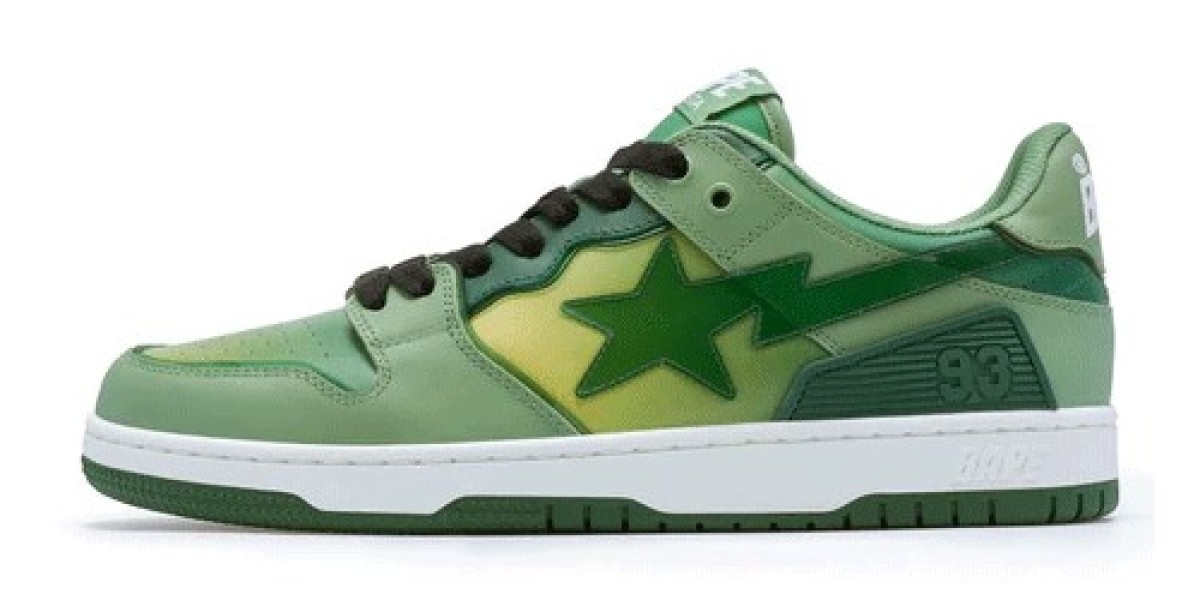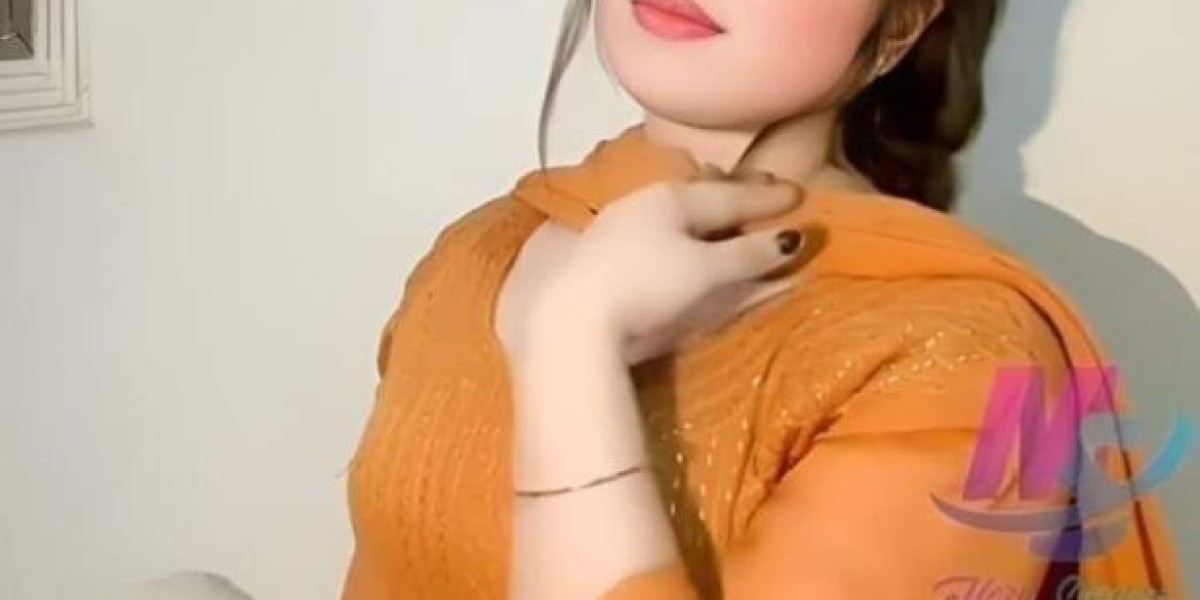In the early 2000s, a new silhouette emerged from Japan’s burgeoning streetwear culture that would eventually become one of the most iconic sneakers in global fashion history: the Bapesta. Created by A Bathing Ape (BAPE), the brainchild of designer and DJ Nigo, the Bapesta blended bold aesthetics with unmistakable hip-hop flair. Its resemblance to Nike’s Air Force 1 sparked controversy, conversation, and, ultimately, cult status.
Today, the Bapesta is more than just a sneaker—it’s a cultural statement. It embodies the fusion of street fashion, music, and art, and continues to influence sneaker design and streetwear collaborations around the world.
The Origins: Bapesta’s Birth from Tokyo’s Underground Fashion Scene
When Nigo launched BAPE in 1993, he wanted to disrupt the norms of Japanese fashion. Drawing inspiration from American hip-hop, graffiti, and pop culture, he introduced the Bapesta in 2002 as BAPE’s boldest sneaker release yet. Modeled heavily after the Nike Air Force 1, the Bapesta features nearly identical paneling and midsole structure—but replaces the Nike Swoosh with BAPE’s signature “shooting star” logo, known as the STA.
What made the Bapesta stand out from the crowd wasn’t just its resemblance to a classic—it was the way it dared to be different. Patent leather uppers in loud, candy-colored hues, camo prints, and eccentric patterns set it apart from the muted sneaker palette of the time. It quickly captured attention across continents.
Hip-Hop and Hype: How Bapesta Took Over the Global Sneaker Culture
One of the biggest reasons for Bapesta’s meteoric rise was its association with global hip-hop icons. Pharrell Williams, Kanye West, and Lil Wayne were early adopters who rocked the Bapesta before sneaker culture became mainstream. BAPE was still relatively exclusive outside Japan, so spotting a Bapesta in a music video or live performance added a layer of intrigue and clout.
Perhaps one of the most impactful moments was Kanye West’s collaboration with BAPE on a custom Bapesta featuring the "Dropout Bear" design from his College Dropout album. This pair instantly became legendary and underscored the sneaker’s crossover potential.
This celebrity co-sign culture, combined with BAPE’s limited releases and premium pricing, created the hype-driven scarcity model we see everywhere today—from Travis Scott x Jordan collaborations to Off-White’s Nike drops.
Design Language: What Makes a Bapesta Unique
While at first glance the Bapesta may look like a clone of the Air Force 1, it has distinct differences that set it apart. BAPE intentionally pushed boundaries with materials and colors that Nike wouldn’t dare try in the early 2000s.
The most iconic feature is its use of high-gloss patent leather, often in shocking neon combinations. The shooting star logo gives it an unmistakable visual identity. BAPE also incorporated its signature ABC camo and ape head motifs into the design, further strengthening brand recognition.
Over the years, the silhouette has evolved. Low-tops dominated early designs, but high-top versions, Velcro straps, and newer materials have emerged. Still, the DNA of the Bapesta remains unchanged: bold, brash, and unapologetically flashy.
Collaborations and Limited Editions: The Bapesta Hall of Fame
The Bapesta has never been a general-release sneaker. Its strength lies in exclusivity and creative partnerships. BAPE has collaborated with a who’s who of pop culture—Marvel, SpongeBob, Comme des Garçons, Mastermind Japan, and Undefeated, to name a few.
Every collab has told a story, blending unique colorways and brand identities with BAPE’s rebellious style. These limited runs often sell out instantly and resell for many times their retail price. The collectibility of the Bapesta plays a huge role in its long-standing relevance.
Collectors often compare the thrill of owning rare Bapestas to scoring a pair of OG Jordans or Yeezys. The resale market continues to thrive, with some early 2000s pairs fetching thousands of dollars on platforms like StockX and Grailed.
How to Style Bapesta in 2025: Fashion Tips for a Timeless Look
Styling a sneaker as bold as the Bapesta requires confidence. These aren’t your average kicks—they’re loud, expressive, and demand attention. Luckily, today’s fashion scene embraces maximalism, and the Bapesta fits right in.
Pair bright Bapestas with neutral streetwear staples like cargo pants, oversized hoodies, or vintage band tees. For a retro Y2K vibe, go with denim-on-denim or tracksuits with matching tones. If you own camo Bapestas, wear them with minimalistic black outfits to let the shoes pop.
The sneaker also works with luxury streetwear—a Vetements hoodie or Off-White jeans can elevate the look while still staying true to its urban roots.
Bapesta vs. Air Force 1: Inspiration or Imitation?
One of the most debated topics in sneaker history is whether the Bapesta is a copy or a homage to Nike’s Air Force 1. While BAPE has never denied the resemblance, it’s worth noting that at the time of its release, the concept of “bootlegging” was part of streetwear’s DNA.
BAPE positioned the Bapesta not as a knockoff, but as a reinterpretation. In Japan’s underground scene, flipping American icons into something new and culturally relevant was a sign of innovation, not theft. Over time, even Nike appeared to acknowledge Bapesta’s impact—especially as similar reinterpretations have become the norm in modern sneaker culture.
In today’s world of remixed designs and collaborative creativity, the Bapesta’s existence paved the way for a more open-minded approach to what defines originality in fashion.
Why Bapesta Still Matters in Today’s Streetwear Landscape
The Bapesta’s continued popularity is a testament to BAPE’s visionary approach to fashion. Even in a sneaker market saturated with new releases every week, the Bapesta holds its ground by staying true to its roots while evolving with the times.
Recent revivals have brought updated silhouettes with higher-quality leather and refreshed branding. These aren’t just nostalgia pieces—they’re serious players in the current sneaker rotation. BAPE’s ability to tap into both the Gen Z and Millennial markets keeps the brand culturally alive.
For young sneakerheads discovering the roots of streetwear, the Bapesta offers an authentic connection to a golden era. For longtime fans, it’s a reminder of how one bold design can change everything.
Where to Buy Authentic Bapestas Today
While BAPE stores and official retailers occasionally drop new Bapesta colorways, most collectors turn to trusted resale platforms for rare and older pairs. To avoid fakes—which are unfortunately common—only buy from verified sellers or platforms with authentication services.
Look for details like high-gloss patent leather, precise stitching, and original packaging. If you’re lucky enough to find a DS (deadstock) pair from the early 2000s, expect to pay a premium. But for true fans, it’s often worth every penny.
Conclusion: More Than Just a Sneaker
The Bapesta isn’t just footwear—it’s a cultural artifact. It challenged conventions, redefined streetwear aesthetics, and helped shape the modern sneaker landscape. Whether you’re a collector, a fashion enthusiast, or just discovering BAPE, the Bapesta deserves a place in your rotation.
In a world where trends come and go, the Bapesta remains timeless because it was never about fitting in. It was always about standing out.








